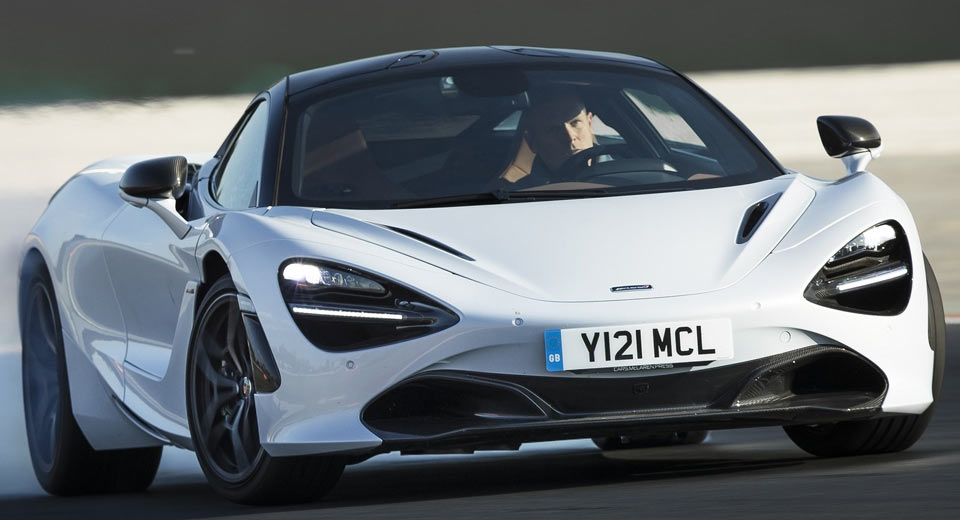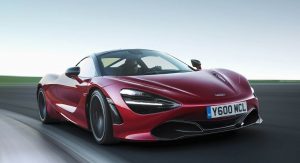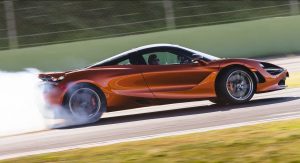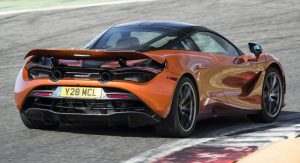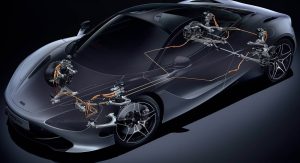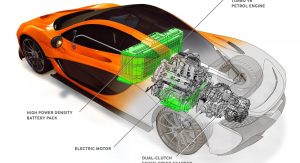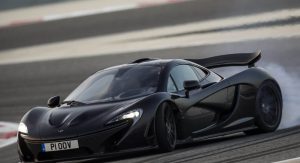While some supercar manufacturers have embraced the traction of all-wheel drive, McLaren has so far remained resolutely attached to a rear-drive configuration. That may change in the future, however.
Speaking with Car and Driver at the Goodwood Festival of Speed last week, McLaren Automotive CEO Mile Flewitt admitted that the limit of adhesion is looming on the horizon.
“We’re not there yet, but I’d say we’re getting close to the limit,” said Flewitt. “We’re not planning [all wheel drive] right now, but we’re conscious it’s a direction that we may well want to go in.”
The impetus for the consideration of switching to all-wheel drive is that there’s only so much power that the rear wheels can handle on their own. McLaren’s latest 720S is its most powerful unelectrified model to date, sending some 710 horsepower to the rear axle alone. The hybrid P1 drives both the internal-combustion and electric motors to the rear wheels as well, to the tune of 903 hp in standard spec and 986 in the GTR.
C/D cautions not to expect Woking to adopt a conventional, mechanical all-wheel-drive setup, though. “Our hybrid architecture will be flexible,” Flewitt told the publication, “and from an engineering point of view there’s no point bringing a shaft down the center of the car.” So a future all-wheel-drive setup from McLaren would likely put an electric motor on the front axle and the ICE driving the rear.
Before that ever becomes a reality, however, McLaren is apparently evaluating another change to its setup. Rather than putting the engine in its own rear subframe, Flewitt wants to bold the engine directly to the back of the passenger tub, and the gearbox to the engine. It’s a setup more directly derived from McLaren’s racing background, but would require some refinement to work on a road car to prevent too jarring an experience for the company’s well-heeled customers.







